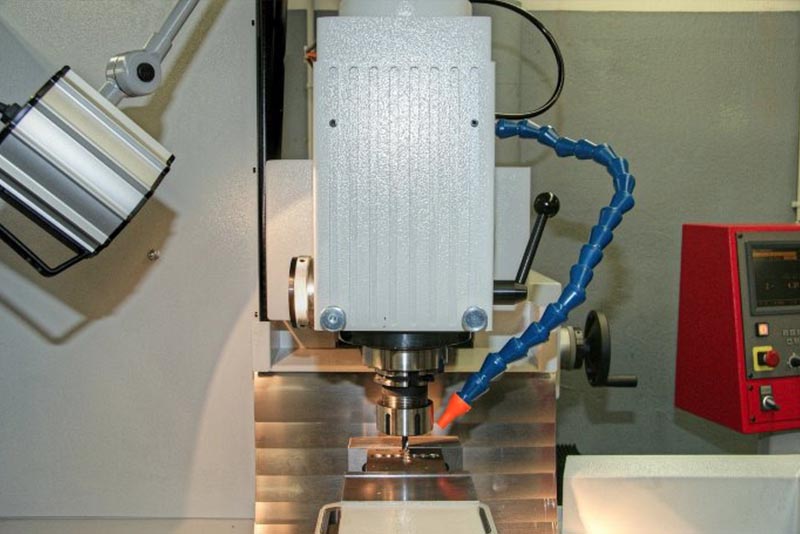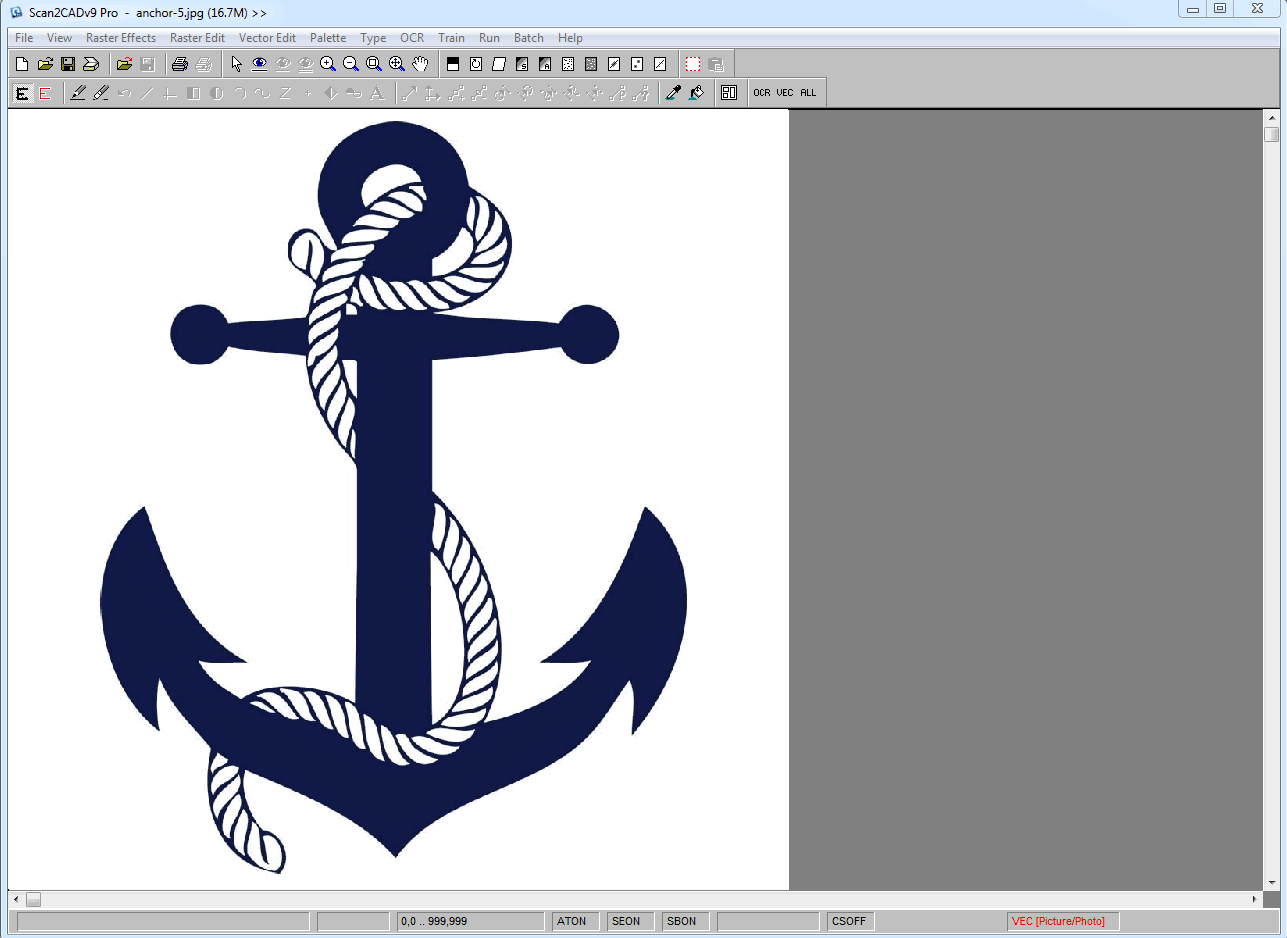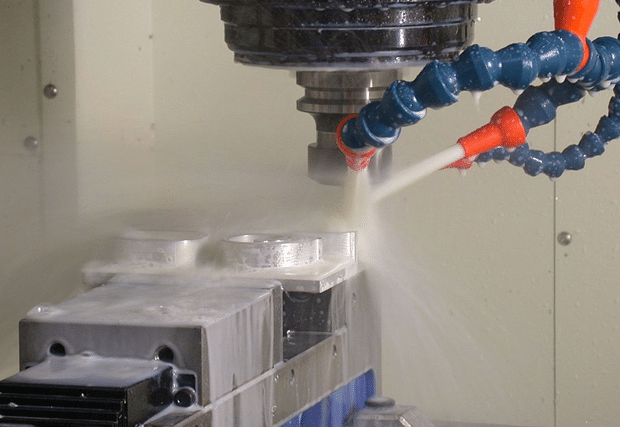CNC enables professionals and hobbyists to create a vast range of innovative products and projects every single day. When it comes to designing for CNC however, it can be rather problematic. CNC beginners and experts alike frequently make the same mistakes and fall for the same pitfalls—from choosing the wrong machine to not maintaining one properly.
In this article, we’re aiming to show you the typical mistakes that people make in designing for CNC and how you can avoid them in the future. So, whether you’re a complete newbie looking to start your first project, or a CNC professional seeking a bit of guidance, you’ll find all the information you need to know here.
Picking The Right CNC Machine

Before we get stuck into the intricacies of designing for CNC, we’re going to look at the steps you should take to ensure you pick the right machine. Whether you’re using a CNC machine to create professional products or hobbyist projects, you need to take a variety of factors into consideration when picking your machine. The wrong choice can lead to a countless number of problems down the line—especially if you try to speed up the process.
Avoid buying the cheapest machine…
The biggest mistake that CNC users tend to make is choosing the cheapest CNC machine. We’ve all, at some point or another, been tempted to buy the cheapest product to save our money. While it might be beneficial for you to do so on a short term basis, it will undoubtedly impact you in the long term. Choosing the cheapest CNC machine you can find could lead to poor performance and unreliability. Worse still, it could cost you more further down the line if you have to replace individual parts of your machine.
What to look out for…
Instead of rushing into buying the first machine you can find, slow down and compare what’s on offer. There are hundreds of CNC machines on the market. Your first step should be figuring out what type of machine you’re going to buy—e.g., a mill, plasma cutter or laser cutter. If you’re not too sure where to start, check out CNC machines compared. If you’ve already got a machine in mind, you should take note of factors including weight, size, speed and the number of axes—not to mention your overall budget!
You should also consider how easy or difficult it might be to find spare parts for your machine in the future. At some point, you’ll need to replace a part for your machine. This shouldn’t be an issue if you’re using a popular, commercial machine. If you’ve picked a machine from a smaller brand, however, you might run into a few problems. For a better idea of what’s on offer, take a look at the best CNC kits for beginners.
Designing For CNC

Designing for CNC can be a long and laborious process, which is why it’s not surprising that so many beginners and experts make the same types of mistakes.
Pitfalls to avoid…
- Being unrealistic. We all want to create complex projects, but sometimes it’s not feasible. That’s not to say that CNC machines can’t be used to create intricate designs, it’s just that you have to be realistic if you’re not familiar with your machine or if it’s your first CNC venture. So start off with a basic project and work your way up from there.
- Not taking the costs into consideration. Unfortunately, many CNC users forget to work out how much their project might cost. Everything needs to be considered, from the cost of materials, to the time it takes to complete the project, to the chances of success.
- Using the wrong design. Before your CNC machine gets to work, you need to convert a design to vector or G-code. You can’t simply use any design you come across. Bear in mind that it’s essentially ‘garbage-in, garbage-out’. You can’t expect to create something spectacular if you’re using the wrong type of image to begin with.
- Using the wrong software. CNC designs often start out in CAD software before being converted to G-code in CAM software and turned into motion for your CNC machine using control software. Scan2CAD has saved you the trouble of trawling through the masses of software on offer with a quick guide to CNC software.
Using Scan2CAD to design for CNC…
If you like to make things easy for yourself, avoid the common pitfalls of CNC design by using Scan2CAD. You can simply convert your design to G-code which can be used with CNC control software of your choice. In fact, you can convert an image for CNC in seconds! Don’t believe us? Check out the animation below…

Not only can Scan2CAD convert your images to G-code, it can also help you optimize your CNC design. Unfortunately, your design is never 100% complete after conversion—it always needs a bit of pre- or post-processing work, as we have discussed in Scan2CAD’s top 10 raster effects. CNC requires the utmost precision, and while this can make the process laborious, it certainly pays off with your output product. Some of Scan2CAD’s top CNC tips include…
- Pick your image carefully. Choose one of high resolution and lossless compression. Check out Scan2CAD’s range of supported file types if you’re unsure.
- Remove overlapping geometry. Your machine won’t pick up on accidental overlap.
- Avoid compound curves. CNC machines don’t like splines or ellipses—convert them to polylines instead.
- Check you have single cut connected paths. This is important near corner junction points or curves.
- Minimize the complexity of your design. The simpler your design is, the less likely it is that you’ll come across complications along the way.
Alternatively, you could make use of Scan2CAD’s cut-ready CNC designs to speed up your design process. These designs come in DXF packs that are released every single week—from vintage frames to nautical discovery, there’s more than enough to catch your eye!
Pitfalls To Avoid For Maximum Productivity

It’s not as simple as just picking the right CNC machine: you also have to know how to use your CNC machine correctly. Using the wrong machine settings or not noticing flaws in your equipment can lead to botched projects and broken machinery. Take care to avoid these pitfalls…
Use the correct machine settings…
It’s important that you use the correct machine settings with your projects, or you could find yourself with a range of problems. Using the incorrect feed rate, for example, could lead to you burning your materials or jamming your cutting tool with melted material.
This can also be seen with beginners who tend to think that it’s better to keep their machine at a slower speed. If your chip load is too slow, your tool will be unable to bite into the material being cut. This creates friction when the tool rubs against the material instead—this can cause your tool to wear out faster.
You can use a speeds and feeds calculator to work out your feed rate. Or you could work it out yourself using this formula: Feed Rate = Chip Load x Number of Cutting Edges x Spindle Speed (RPM).
Maintain your machine…
When it comes to your CNC machine, you should try to be aware of any flaws or issues. You should keep an eye out for any tool deflection. This is when there’s a shift in position of a workpiece due to lack of proper support. Tool deflection can…
- Instigate chatter. Chatter is when the machine or workpiece vibrates. This can drastically shorten your tool’s lifespan.
- Mess with tolerance. CNC software assumes that your tools are in perfect condition—it doesn’t take deflection into consideration.
- Ruin surface finish. The tool could deflect into the wall of the cut which can leave a chatter-like ripple.
- Reduce tool life. When a tool is deflecting, it’s essentially bending—which means it will inevitably break.
Your CNC machine can reach over 150 degrees on the inside, so be aware of overheating. Filters can get clogged up with debris, which can push temperatures higher and cause irreparable damage. You can prevent these issues by regularly cleaning your machine—cutting fluids and shavings, for example, should be cleared away immediately.
Conclusion
Needless to say, there are many factors to take into consideration when it comes to designing for CNC. The important thing to take away from this article is that CNC design is a constant, ongoing learning process for beginners and experts alike. It takes time to become an expert in any field—CNC is no different.
If you’re looking to stay updated on all things CNC-related, you should check out Scan2CAD’s blog. It covers a variety of CNC topics ranging from how to vectorize a logo for CNC to 11 CNC project ideas.


